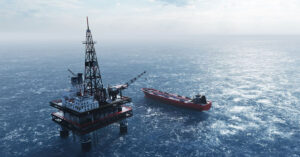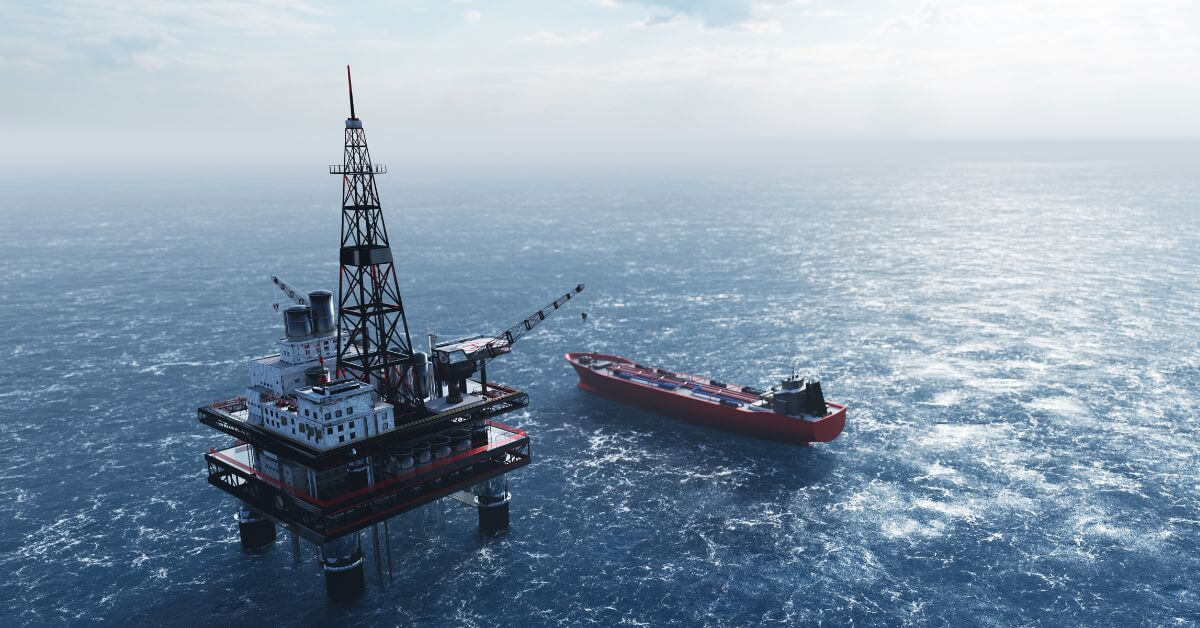
Shipping Industry Calls On U.N To Protect Merchant Vessels After Iran Seizes Container Ship
April 20, 2024
China’s First Deep-Sea Multi-Functional Scientific Research Vessel Docks In South China
April 22, 2024

Rising missile threats in the Pacific, particularly from China, have seemingly prompted the US Navy to launch an innovative yet contentious proposal to convert old oil rigs into mobile missile defence and resupply stations.
Gibbs & Cox, a Leidos company, disclosed the initiative at this year’s Sea Air Space expo in Washington, DC.
The Mobile Defense/Depot Platform notion is devised to convert oil platforms into huge floating island bases capable of functioning independently for over 12 months, positioned at an optimal distance from the shore.
The converted platforms are likely to play a dual role in boosting the US air defence capabilities or aiding in the strike missions, with the capacity to hold up to almost 512 vertical launch system (abbreviated as the VLS) cells or 100 huge missile launchers.
According to Naval News, the capability is approximately five times that of an Arleigh Burke-class destroyer.
Heruningtyas Desi Purnamasari, a US Navy official, summed up the strategic significance of such floating bases.
Desi noted that the platforms might conceivably significantly reduce the risks and costs related to land-based defence systems.
In addition, the concept outlines plans for mobile platforms to support the US Navy’s surface combatants and nuclear-powered submarines in Afloat Forward Staging Base configurations.
This would provide an affordable option at 10% of the cost of a brand-new Ballistic Missile Defense system.
However, the feasibility of these floating bases has long been debated.
In 2018, specialists Eviya Vitola and Jose Delgado also discussed the security and political challenges of developing semi-permanent offshore military bases, observing the high costs, vulnerability to missile attacks, and relative incompetence compared to traditional abilities.
Even more recently, Sam Tangredi, associated with the Foreign Policy Research Institute, pointed out the strategic benefits of sea bases, including enhanced joint command capabilities and rapid strike potential.
Tangredi further questioned if the new sea-basing tech can keep pace with the evolving anti-access/area-denial (A2/AD) risks, indicating that while improvements in missile and air defences can help mitigate some of the dangers, the practicality of heavily investing in sea bases continues to be uncertain.
Such an ambitious project echoes a shift in the military strategy as the US adjusts to the new geopolitical realities and tech advancements in warfare, striving to bridge the gap between land- and sea-based BMD capabilities.
Reference: TOI
U.S. Navy To Convert Oil Rigs Into Offshore Military Bases To Counter China In The Pacific appeared first on Marine Insight – The Maritime Industry Guide
Source: Maritime Shipping News


